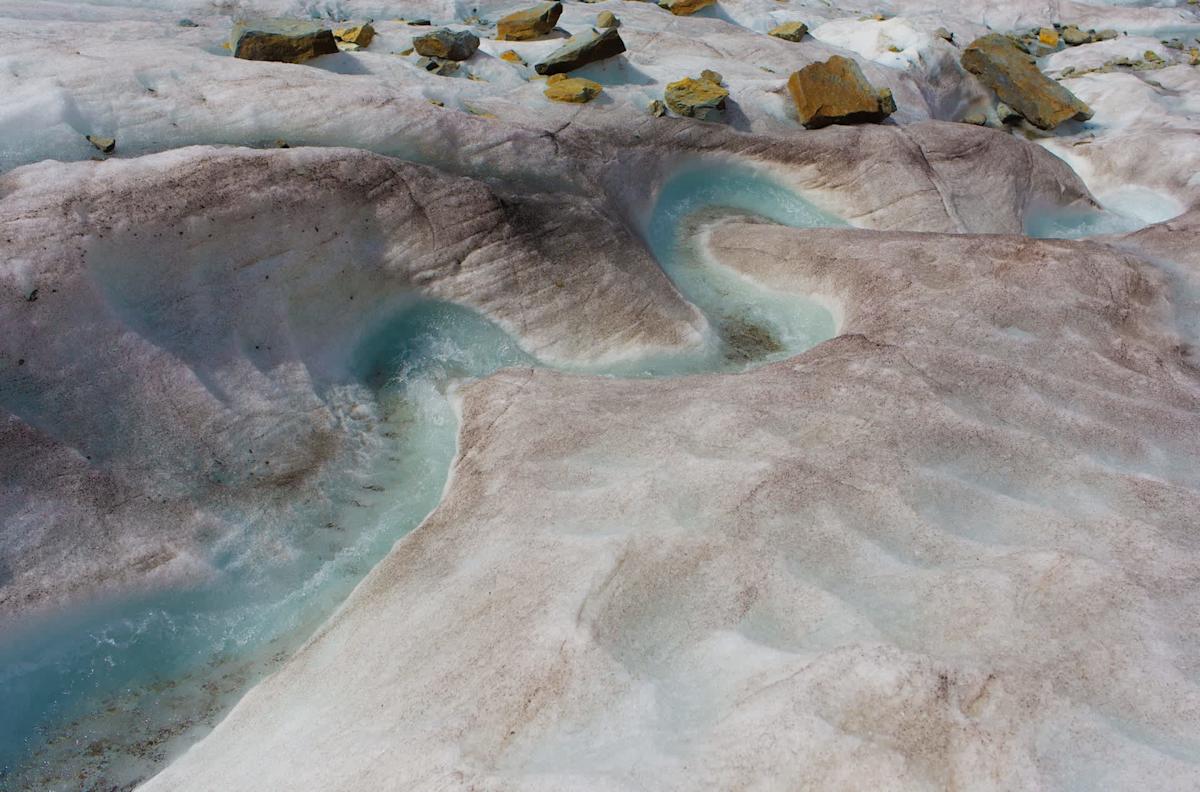
According to a new study on the subject, the ice shrink faster than ever before. According to the BBC, since 2000, these large ice rivers have lost more than 6,500 billion tons of ice – about 5% of their total size – and the rate of survival has been increasing.
what happens
Between 2000 and 2023, the ice outside Greenland and Antarctica lost about 270 billion tons of ice annually.
To make this from the right perspective, Michael Zemp, director of the world’s ice surveillance service and the lead author of the study, explains the amount “friendship by using (water) of the world’s population within 30 years, by assumption of 3 liters per person and a day.
The situation is getting worse. Over the past decade, the damage of ice has increased by 36% compared to 2000-11. The most changed area is Central Europe, which has lost 39 percent of its ice ice in 23 years.
The new study, published in nature, mixes evidence of 35 research teams using different measuring techniques, making scientists more confident about what happens.
Why are ice melting important?
These frozen giants act like natural water towers, and in the drought, hundreds of millions of people provide fresh water. When they disappear, this water security is the same.
Now see: What is needed for the main continuity?
“What is happening on the ice will not stay there,” Zemp said. The effects arrive there in the mountainous areas. If all the ice melted completely, it would increase the global sea level by 32 centimeters (13 inches).
“Every centimeter of sea levels will increase by another 2 million people to the annual floods on our planet,” said Andy Shuan, head of the Department of Geography and Environmental Sciences at the University of Northambir.
The world level of the oceans has risen by more than 20 centimeters since
What can be done about the melting of the ice?
The future is not in stone. How much we lose the ice ice, it depends on how quickly we can reduce the rise in the burning of dirty fuel.
“All the tenth temperature we can avoid, saves some ice, and save us from a lot of damage,” Zemp said.
Achieving global climate goals can limit the loss of ice ice to about 25% by the end of the century, while rising temperatures may be almost half of all ice left.
You can help you by using clean electricity for your home. Think of the roof solar panel or convert to renewable energy supply. When shopping for devices, look for models that have energy and save money and resources. And use your voice to support policies that protect our frozen scenes for future generations.
Participate in our free news good news and useful adviceand don’t miss this cool list of easy ways to help yourself while helping the planet.